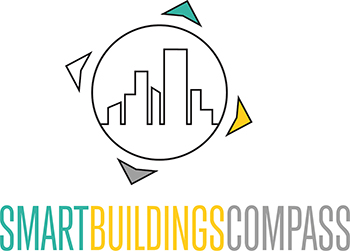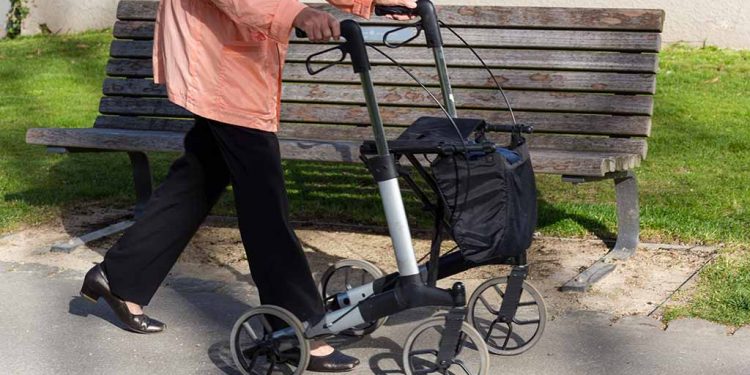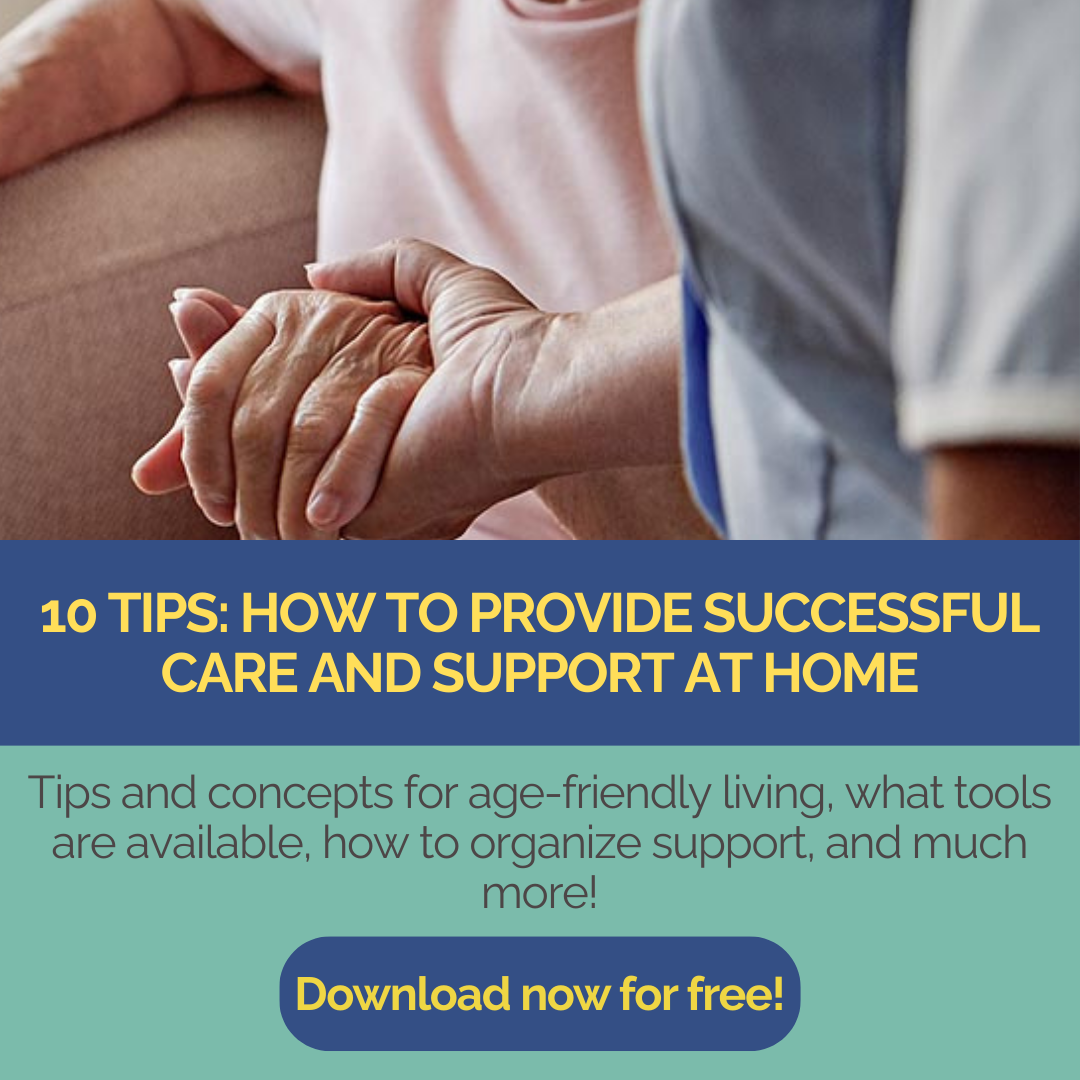Quality of life in old age: How can I manage it?
Have you ever cared for or supported someone in old age? In the course of my life, I, the editor of this platform, have been in this situation several times. People get older or ill, their musculoskeletal system no longer does what it could when they were younger. We change our movement patterns and the environment is suddenly full of obstacles. Only then do we realize that our home is not age-appropriate: Steps are no longer manageable, a doorstep just a few centimetres high becomes a dangerous barrier.
Finding solutions is not always easy: We quickly reach our limits in the face of challenges, and googling is not always productive.
Solutions and concepts not visible enough
In the course of my work as a management consultant, I have often come across solutions that simply had no visibility. In the course of a self-conducted market survey on the topic of assistance solutions, I came across the extent of the challenges. As a society, we are heading towards a care crisis in so many countries. We are hitting the wall at full throttle.
And the painful truth is: Given the multiple crises that governments are facing and the lack of money, we will have to help ourselves.
This is because, due to demographic change, the baby boomers, a generation with a particularly high birth rate, is retiring. Due to medical care, some parents are still alive and need care and support. The demand on the market for support is therefore very high – but so is the shortage of skilled workers. Some of the nursing staff themselves will be retiring in the coming years. And the ever-increasing demand on the market will not be met by new skilled workers.
This means that, due to the shortage of skilled workers in nursing and medicine, the care of the future will take place at home.
Senior living: A necessary topic
Here are a few more figures on demographic change: By 2034, the baby boomer generation will have retired. In its care report for Germany, the Bertelsmann Foundation analyzed that the number of people in need of care will increase by 50 percent by 2030, while at the same time the number of care professionals will decrease due to their retirement. If you are interested, you can find a few facts and figures here (Statista).
According to forecasts, the number of people in need of care in Germany could rise from the current 2.5 million to 3.5 million by 2030. Depending on the calculation, there will be a shortage of around 152,000 carers by 2025; by 2034, the gap could grow to 350,000 carers (source: Federal Statistical Office). In Austria, too, there were around 1.86 million people aged 65 and over at the beginning of 2025. The Federal Ministry of Social Affairs estimates that around 75,000 additional carers will be needed by 2030 in order to provide care. But even if we had enough staff, the lack of money would still hit.
Conclusion: Care is increasingly taking place within the family. The financial and organizational burdens in lay care are increasing.
The care crisis is here – and now?
Countries such as Denmark and Sweden have already responded to the shortage of skilled workers and have been implementing smart helpers and assistance technologies (“Welfare Technology”) in both the healthcare system and the private sector for years. I went on an innovation trip to see for myself. They have understood that people need support at home, and the outpatient sector has been massively expanded.
There are already many concepts and solutions on the market, but they are not visible. And that is exactly what we want to change.

If you have any questions, feedback or requests regarding our reporting, please get in touch with me at anja@sbc.co.at.
And Here you have the opportunity to tell us your biggest challenges in the course of our survey. This helps us to identify the right topics on this platform.
Sincerely,
Mag. (FH) Anja Herberth
Editor
Author: Anja Herberth
Chefredakteurin











